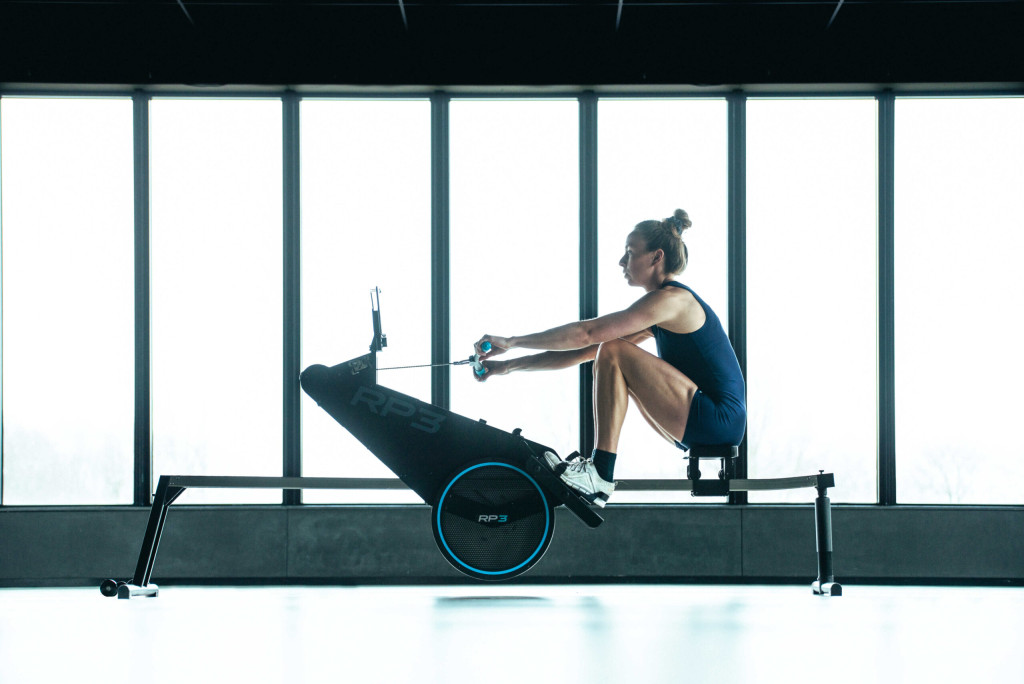Best low-impact cardio options for home
Discover 5 effective low-impact cardio options for home workouts that protect your joints while boosting fitness. Transform your health journey with these sustainable exercises for
Yes, rowing can significantly help restore flexibility after injury when done properly. The controlled, fluid range of motion in rowing provides gentle rehabilitation while the dynamic nature of rowing machines creates a low-impact environment that’s ideal for recovery. By engaging multiple muscle groups through continuous, supported movement patterns, rowing helps increase joint mobility and tissue elasticity without excessive strain on healing areas. Always consult with your healthcare provider before beginning any post-injury exercise program to ensure it’s appropriate for your specific recovery needs.
When an injury occurs, the body’s natural response includes inflammation, muscle guarding, and protective mechanisms that often lead to reduced mobility. This protective stiffening, while initially helpful for healing, can result in shortened muscles, decreased range of motion, and altered movement patterns that persist long after the injury has healed.
Several factors contribute to post-injury flexibility loss:
These changes don’t just affect the injured area. Your entire kinetic chain—the linked system of muscles, joints and nerves—often adapts to accommodate the injury, creating imbalances throughout the body. Without proper rehabilitation, these limitations can become permanent, increasing the risk of subsequent injuries and decreasing overall functional ability.
Restoring flexibility requires controlled, progressive movement that safely challenges tissue limitations while promoting circulation and proper movement patterns—precisely what rowing can offer when implemented correctly.
Rowing supports injury recovery through its unique combination of controlled movement and low-impact resistance. The fluid motion of rowing provides gentle mobilization of joints and soft tissues without the jarring impact found in many other forms of exercise, making it particularly valuable during rehabilitation phases.
The rowing stroke creates a continuous flow of movement that helps to:
Unlike static machines, dynamic rowing simulators allow the machine to move with you, creating a more natural movement pattern that reduces stress on recovering structures, particularly the lower back. This dynamic design more closely mimics the biomechanics of rowing on water, where the boat moves relative to the rower, rather than forcing your body to move against a fixed resistance.
This distinction is important for rehabilitation, as scientific research on rowing shows the dynamic approach significantly reduces strain on vulnerable areas like the lower back compared to static alternatives.
Rowing can be particularly beneficial for rehabilitating several types of injuries, especially those requiring controlled movement without excessive impact or strain. Lower back injuries often respond well to the controlled flexion-extension motion of rowing when performed with proper technique, as the movement helps mobilize the spine while strengthening supporting muscles.
Common injuries that may benefit from rowing rehabilitation include:
Rowing’s effectiveness stems from its whole-body approach to movement. Rather than isolating single joints or muscles, the rowing stroke integrates multiple body segments in a coordinated pattern. This integrated movement helps restore natural movement sequences that may have been disrupted by injury or compensatory patterns.
However, rowing may not be appropriate for all injuries or all stages of recovery. Acute injuries, particularly those involving the shoulders, wrists, or certain spinal conditions, may require different approaches or significant modifications before rowing can be safely incorporated.
The timing for beginning rowing after an injury depends on several factors, with medical clearance being the essential first step. Generally, rowing can be introduced once acute pain has subsided, basic range of motion has been restored, and your healthcare provider has approved this form of exercise for your specific condition.
Key indicators that you may be ready to incorporate rowing include:
Most rehabilitation professionals recommend a gradual progression, often beginning with very short sessions (5-10 minutes) at minimal resistance, focusing entirely on proper technique rather than intensity or duration. This allows tissues to adapt progressively while minimizing the risk of setbacks.
For some injuries, you might start with partial range of motion or modified rowing techniques before advancing to full strokes. The resistance settings on indoor rowing machines offer valuable adaptability, allowing you to begin with very light resistance and progress as recovery advances.
Having a rowing machine at home can be particularly useful during recovery, as it allows for frequent, short sessions that can be more beneficial than occasional longer workouts.
Specific rowing techniques can maximize flexibility benefits during recovery. The full-stroke motion, when performed correctly, creates a natural stretching sequence that enhances mobility throughout the kinetic chain while maintaining control and stability.
To optimize flexibility gains from rowing:
The rhythmic nature of rowing helps tissues warm up gradually, making stretching more effective and safer. Many rehabilitation specialists recommend perfecting your machine rowing technique with particular attention to posture and form, as this ensures the movement properly targets intended muscle groups without creating compensatory patterns.
Dynamic stretching (controlled movements through range of motion) is generally more effective than static stretching for improving functional flexibility, and rowing naturally incorporates this principle through its continuous motion pattern.
When using rowing for injury recovery, appropriate modifications are essential to ensure safety and effectiveness. The most important adjustment is reducing resistance levels significantly below what you might normally use, focusing instead on smooth, controlled movement patterns.
Key modifications for recovery-focused rowing include:
For specific injuries, you might need additional adaptations. For example, lower back injuries may require more emphasis on maintaining proper spinal position, while shoulder injuries might necessitate a reduced range of motion initially.
Monitor your body’s response carefully during and after rowing sessions. Mild muscle fatigue is expected, but sharp pain, increased swelling, or discomfort that persists for hours after exercise suggests the need to adjust your approach.
Complementary exercises, especially those focused on core stability and specific rehabilitation movements recommended by your healthcare provider, can enhance the benefits of your rowing program while addressing individual weaknesses or limitations.
Integrating rowing into your recovery process offers a sustainable pathway toward restoring flexibility and function after injury. The combination of controlled, rhythmic movement with adjustable resistance makes rowing uniquely adaptable to different recovery stages and individual needs.
Remember these essential points when using rowing for flexibility restoration:
The journey back from injury requires patience and consistency. Rowing provides an efficient framework for rebuilding not just flexibility, but also strength, endurance, and movement confidence in a single integrated activity.
At RP3 Rowing, we design our dynamic rowing machines specifically to create a natural rowing motion that minimizes stress on vulnerable structures while providing effective training stimulus. Our approach to indoor rowing emphasizes biomechanical efficiency and injury prevention, making our machines particularly valuable tools for those recovering from injuries or seeking to maintain mobility and fitness with reduced joint stress.
Whether you’re recovering from a specific injury or simply working to maintain flexibility as part of your overall wellness, the controlled, full-body movement pattern of rowing offers an effective and sustainable approach to improved mobility and function.
If you’re interested in learning more about the benefits of rowing, reach out to our team of experts today.
Discover 5 effective low-impact cardio options for home workouts that protect your joints while boosting fitness. Transform your health journey with these sustainable exercises for
Discover 5 effective low-impact exercises that protect your back while maintaining fitness intensity. Learn proper form techniques to strengthen your spine without risking injury.
Discover 5 effective home workouts that build strength without stressing your joints. Learn fluid movement techniques for pain-free exercise that delivers results while protecting your
Discover effective low-impact fitness strategies that build strength and cardio health without damaging your joints. Learn sustainable workout techniques for long-term health and injury prevention.
Discover 5 effective full-body low-impact workouts perfect for beginners that protect your joints while building strength and fitness. Start your sustainable exercise journey today!
Discover how low-impact fitness creates sustainable health benefits without joint pain. Learn 5 full-body workouts that deliver results while preserving your body for decades of
Discover why low-impact workouts deliver powerful fitness results without joint damage. Learn 6 key benefits and find the perfect exercise for sustainable daily fitness that
Discover why low-impact training on recovery days accelerates muscle repair, prevents injuries, and boosts long-term fitness gains. Learn optimal activities and avoid common recovery mistakes.
Discover why rowing machines deliver a complete workout while protecting your joints. Engage 85% of your muscles with zero impact stress—perfect for fitness enthusiasts of
Discover effective low-impact exercises perfect for returning to fitness after breaks or injuries. Learn 5 joint-friendly workouts that rebuild strength while preventing setbacks on your
Discover 5 low-impact routines that challenge your entire body without stressing your joints. Build strength and burn calories while protecting your knees, hips, and spine.
Discover how rowing uniquely engages 85% of your muscles while enhancing flexibility in one efficient workout. Build strength and mobility simultaneously without stressing your joints.
Discover how consistent low-impact activity delivers powerful physical and mental benefits without joint stress. Build fitness, reduce stress, and improve mobility through sustainable daily movement
Discover why rowing machines offer the ultimate low-impact, full-body workout for home fitness. Get 85% muscle engagement with minimal joint stress—perfect for all ages and
Discover how low-impact exercise protects your joints while delivering powerful fitness results. Learn 5 joint-friendly workouts that maintain mobility and prevent pain as you age.
Discover how to build sustainable low-impact fitness habits that protect your joints while delivering exceptional results. Learn proven strategies for lifelong exercise consistency without pain.

We will send you a personal quote as soon as possible.
As soon as the quote is ready, you will receive a link by email to order directly.
